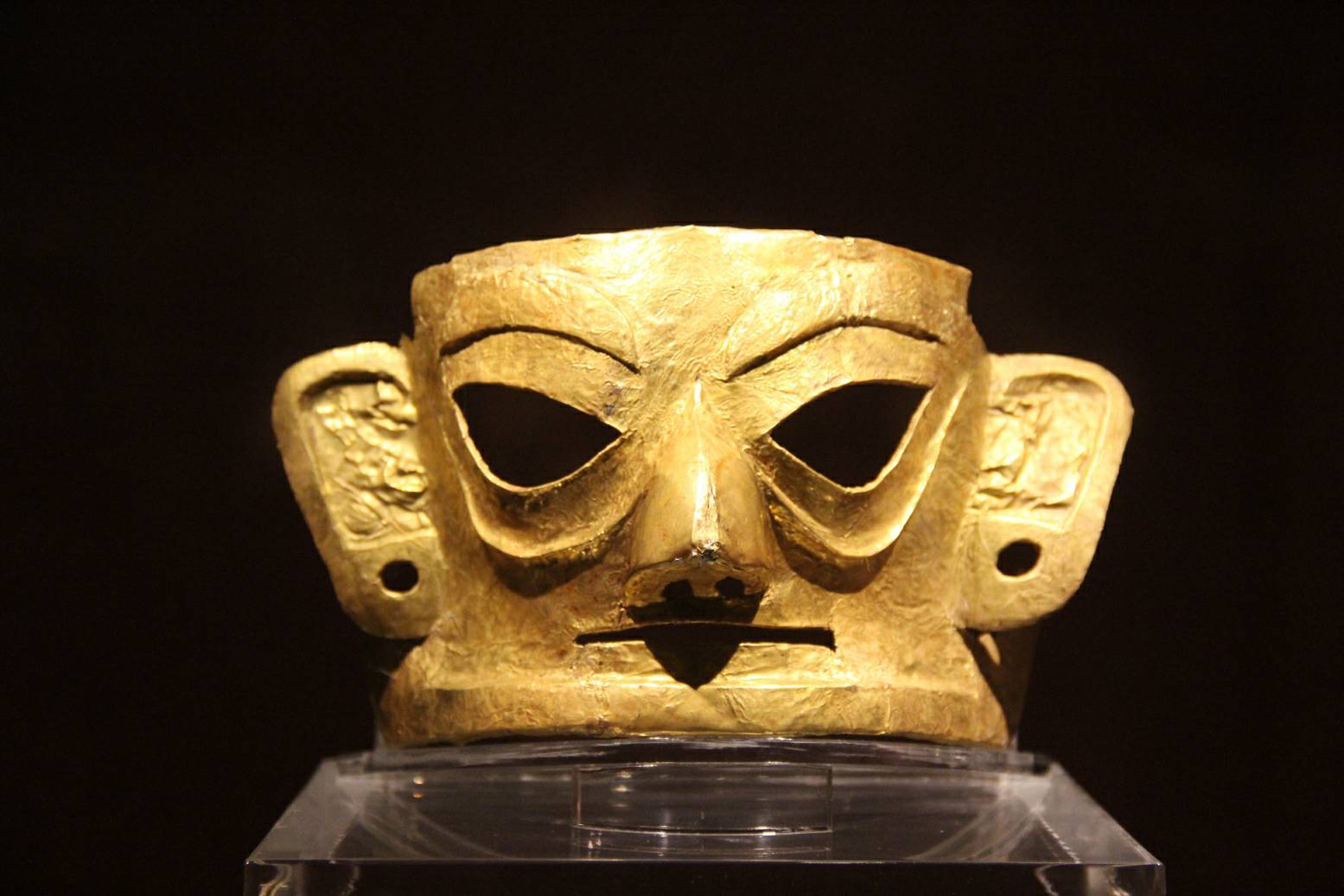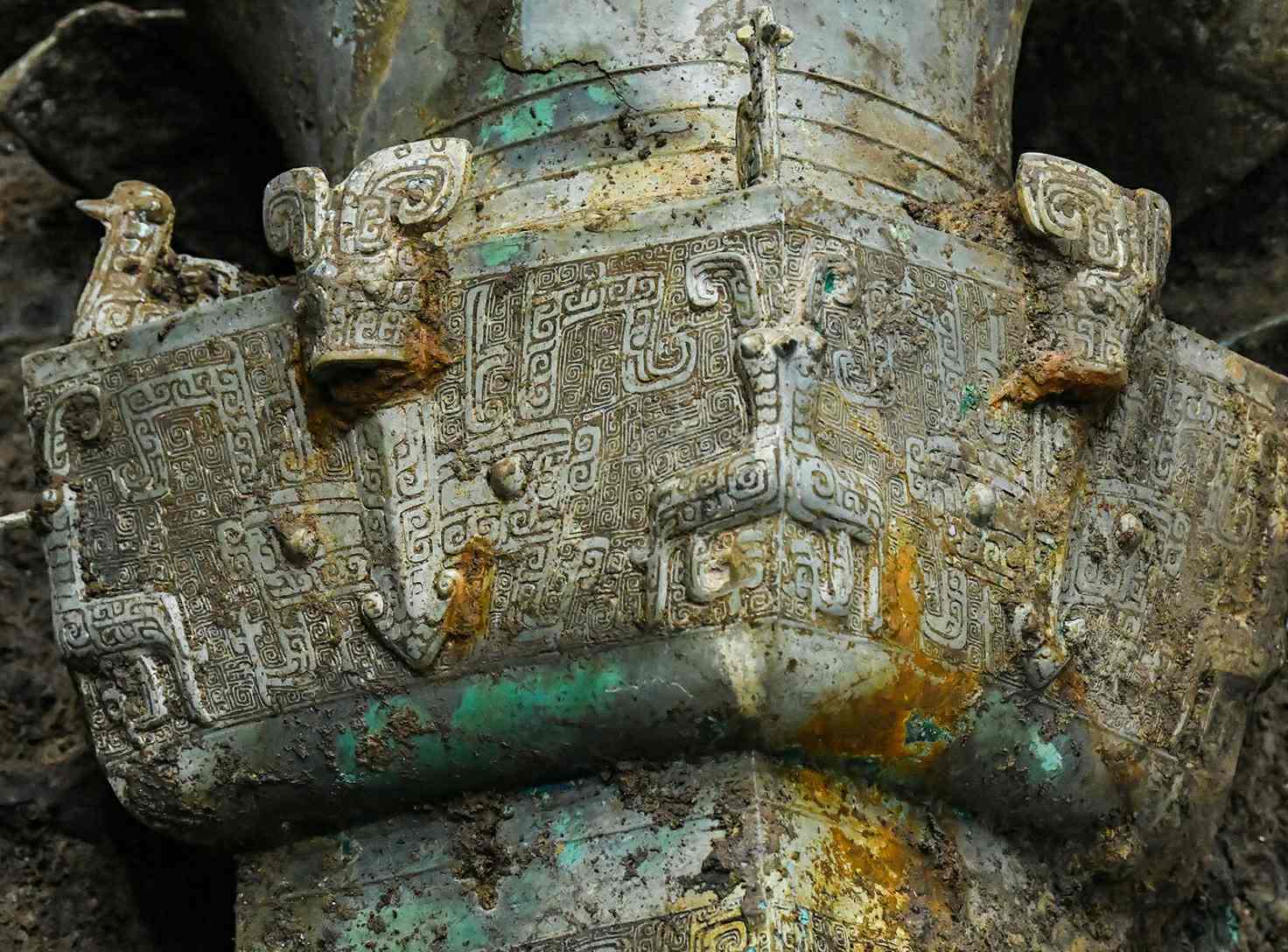Historians know little about the ancient state of Shu, though findings indicate it could have been around during the 12th and 11th centuries BCE.

Chinese archaeologists have made major discoveries at the legendary Sanxingdui Ruins site in southwest China’s Sichuan province that could help shed light on the cultural origins of the Chinese nation. Among those discovered are six new sacrificial pits and more than 500 items dating back about 3,000 years, with a golden face mask taking the spotlight.
Ranging from 3.5 to 19 square meters (37 to 204 square feet), the six sacrificial pits, which were discovered between November 2019 and May 2020, are rectangular in shape, according to the announcement of the National Cultural Heritage Administration (NCHA).

The mask consists of around 84% gold, measures 28 cm. high and 23 cm. wide, and weighs around 280 grams, according to the English-language daily reported. But according to Lei Yu, head of the Sanxingdui site excavation team, the whole mask would weigh over half a kilogram. If a whole mask like this was found, it wouldn’t just be the largest and heaviest gold object from that period found in China, but the heaviest gold object found from that time period anywhere. The mask remains was one of over 500 artefacts found in the cache at the site.
“Such findings will help us understand why Sichuan became an important source of goods for the Silk Road after the Western Han Dynasty (206 BCE-25 CE),” one of the expert said.
Sanxingdui is widely believed to have been the heart of the ancient state of Shu. Historians know little about this state, though findings indicate it could have existed from the 12th through 11th centuries BCE.
However, the findings at the site have given historians much-needed context regarding the development of this country. The findings suggest that Shu culture could have been especially unique, implying it may have developed independently of influence from the societies that thrived in the Yellow River Valley.
The Sanxingdui site is the largest ever found in the Sichuan Basin, and is thought to possibly date as far back as the Xia Dynasty period (2070 BCE-1600 BCE). It was discovered by accident in the 1920s when a local farmer found several artefacts. Since then, over 50,000 have been found. The excavation site at Sanxingdui is part of a tentative list for possible inclusion as a UNESCO World Heritage Site.




